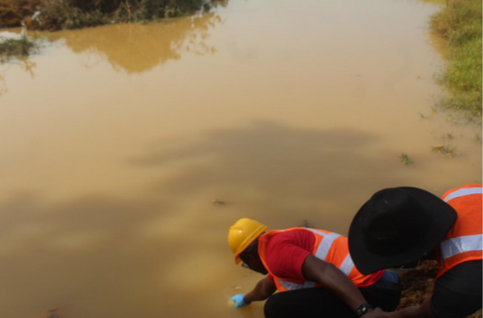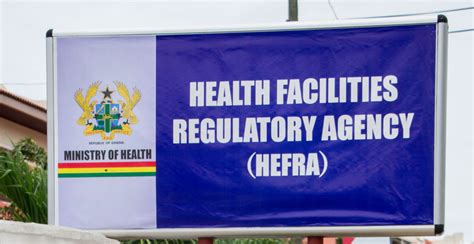A new environmental study has found dangerous levels of heavy metal contamination—particularly mercury, arsenic, and lead—in food, water, soil, and air across Ghana’s small-scale gold mining regions, raising urgent public health and environmental alarms.
The year-long assessment, conducted by global pollution watchdog Pure Earth in collaboration with Ghana’s Environmental Protection Agency (EPA), surveyed six mining-heavy regions: Ashanti, Eastern, Central, Western, Western North, and Savannah. The findings, released this week, paint a stark picture of widespread exposure to toxic substances linked to artisanal and small-scale gold mining (ASGM) activities.
Off-the-Charts Mercury and Arsenic Levels
In the Ashanti Region’s Konongo Zongo community, mercury concentrations in soil reached 1,342 parts per million (ppm)—more than 130 times higher than internationally accepted safety limits. Meanwhile, airborne mercury levels in Wassa Kayianko, Western Region, peaked at 150 micrograms per cubic meter, 150 times Ghana’s regulatory threshold.
Arsenic contamination was similarly widespread. Soil samples in Konongo Zongo registered 10,060 ppm—roughly 40 times higher than safe exposure levels. Drinking water in Konongo Odumase showed arsenic concentrations of 3.3 milligrams per liter, far exceeding World Health Organization (WHO) standards.
Food Chain Contaminated
Lead, mercury, and arsenic were detected in commonly consumed vegetables, grains, and fish, with many samples exceeding global food safety thresholds. Fish from Akwaboso (Central Region) and Konongo Zongo contained lead levels as high as 2.8 mg/kg. In the Western North Region, pumpkin leaves showed lead concentrations of 3.1 mg/kg. Staples such as kontomire, tomatoes, legumes, cereals, and tubers also tested positive for multiple contaminants.
“These findings indicate not just environmental degradation but direct exposure risks to human health through everyday consumption,” said a representative from Pure Earth.
Polluted Water Sources
Boreholes and streams used for drinking water showed elevated concentrations of lead and arsenic, particularly in mining communities. Health experts warn that chronic exposure—whether through ingestion, inhalation, or skin contact—could lead to long-term damage to the nervous system, kidneys, and developmental issues in children.
Recommendations and Response
The study calls for a coordinated, multi-agency national response to mitigate the crisis. Proposed interventions include:
Targeted cleanup projects in heavily polluted zones like Konongo Zongo using phytoremediation and other low-cost techniques.
Expanded air and water monitoring, especially during seasonal weather shifts.
Culturally adapted public health campaigns to educate communities on exposure risks.
Policy reforms aligned with the United Nations Sustainable Development Goals (SDGs).
Creation of mobile environmental labs and intelligence units for regional response.
Establishment of a national task force to coordinate environmental and health oversight in ASGM areas.
Ghana’s small-scale gold mining sector, while a vital source of income for many rural communities, has long been criticized for its environmental impact. The latest findings may add pressure on policymakers to crack down on illegal operations and enforce stricter environmental regulations.
Government officials have yet to respond formally to the report.














